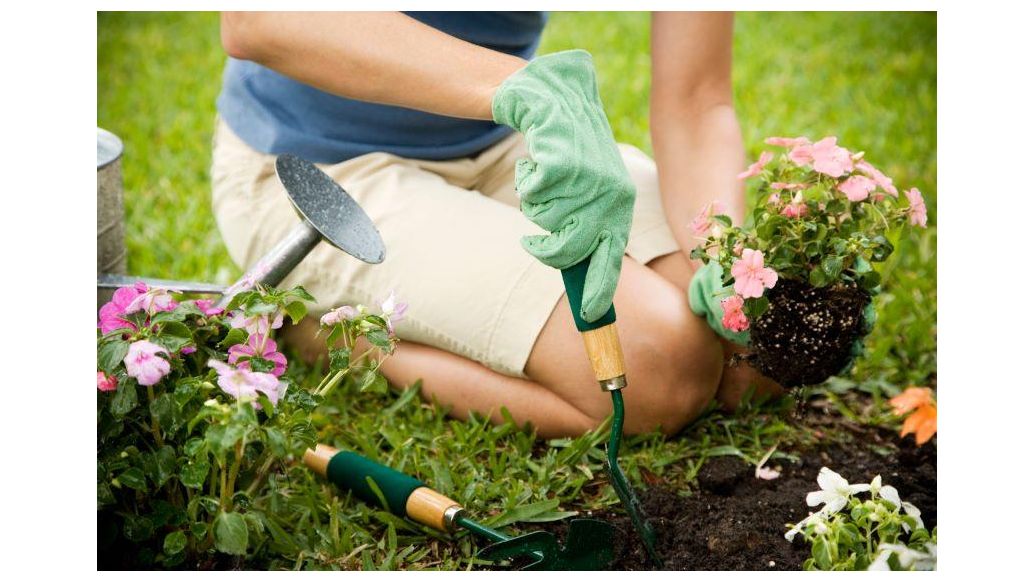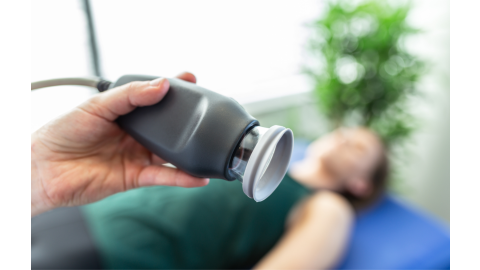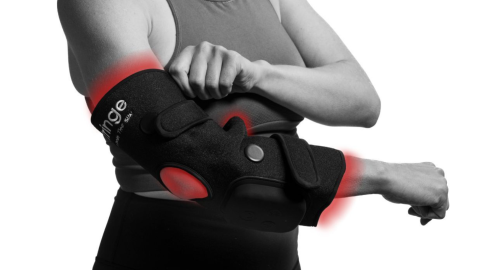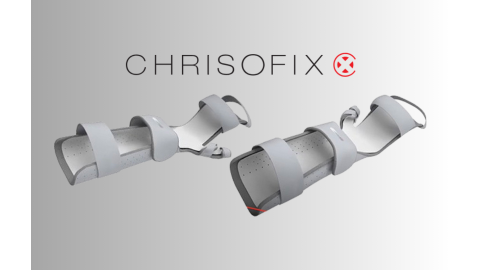Yard work can be satisfying, but also grueling on the body and can have long-lasting health impacts if an injury occurs. How can you prevent injuries and recover faster when they do?
Before the Yard Work
The Right Tools for the Job
When possible, use tools that feature ergonomic handles and handles with rubber grips. Gamekeeper’s thumb is an injury which is often caused by placing excess stress on a ligament located in the thumb.1 In gardening, this can happen from squeezing a tool like sheers repeatedly or for too long. The right tools can help prevent Gamekeeper’s thumb and similar injuries but switching between chores is the best choice. Pull weeds for 20 minutes and then take on a task that doesn’t require excessive hand-use like mowing the lawn.
IMPACTO Anti-Vibration Air Gloves help reduce the rigorous vibrations caused by power tools. Each glove features a non-permeable polymer bladder that contains a number of small air cells. The gloves seamlessly conform to the shape of the hand while the air cells reduce the intensity of vibrations felt by the hands.
Stretching
Start by making a list, mental or pen and paper, of everything you want to accomplish in the day. Note what parts of your body are going to be worked the hardest from these activities and stretch those specific muscles beforehand.
Eat Healthy Foods
Your body needs fuel just like your lawnmower and it also needs the right fuel. It's important to not overdo it with an extravagant breakfast. Your body diverts resources to the digestive system after you eat. That can take away from its ability to move blood to the limbs when raking leaves or trimming hedges. The best way to combat this is to eat high energy foods and wait an hour before getting to work. Here are some good breakfast options:2
- Bananas
- Berries
- Avocado toast
- Oatmeal
If you’re having a cup of coffee with breakfast, be sure to pair it with a tall glass of water.
During the Yard Work
Mix it Up
One of the easiest ways to decrease the risk of injuries is to mix up what activities you’re doing. Performing the same motion over and over again can cause a repetitive stress injury (RSI). RSIs are most common in the upper body joints (elbows, wrist, shoulders).3
Changing your activity every 15 to 20 minutes can help prevent RSIs. It also helps keep you from holding the same position for too long. Nothing is worse than pulling weeds for an hour, only to stand up with an aching back and with knees that feel like they’re filled with cement. If you have multiple chores to do outside, plan to rotate between them to keep your body feeling strong throughout the day.
If you have to hold the same position for an extended period of time, use knee pads if you’re kneeling or a back support if you are holding an awkward position.
Stay Hydrated
This is simple but crucial: keep hydrated while performing yard work, especially on hot, sunny, or humid days. Staying hydrated can help prevent cramps, and a lack of water can cause dizziness, fatigue, and nausea. Besure to drink water before, during, and after any yard work. Orthopedic doctors recommend drinking 20 ounces of water before exercising or working in a hot environment.4
Take Breaks
Don’t be afraid to give your body frequent breaks. Take a few minutes to rehydrate, stretch, and catch your breath every hour at the longest. Listen to your body and stop working if you feel any sharp pains, deep aching, or shortness of breath.
After the Yard Work
First Things First
The most important thing to remember when dealing with pain or soreness after yard work is to always consult with your doctor if something feels wrong. If significant pain persists for more than 48 hours or keeps you from performing everyday tasks, seek medical assistance.
Treating Aching Muscles
For more mild and short term pain, a topical pain reliever like Biofreeze will do the trick. Biofreeze uses cooling menthol to deliver short-term pain relief.
Hot and cold packs are another great method for numbing pain or soothing sore muscles. Use cold packs to numb pain in the first 24 to 48 hours after an injury. Then, for chronic or long-lasting pain, use heat packs to increase blood flow to muscles and soothe sore joints.
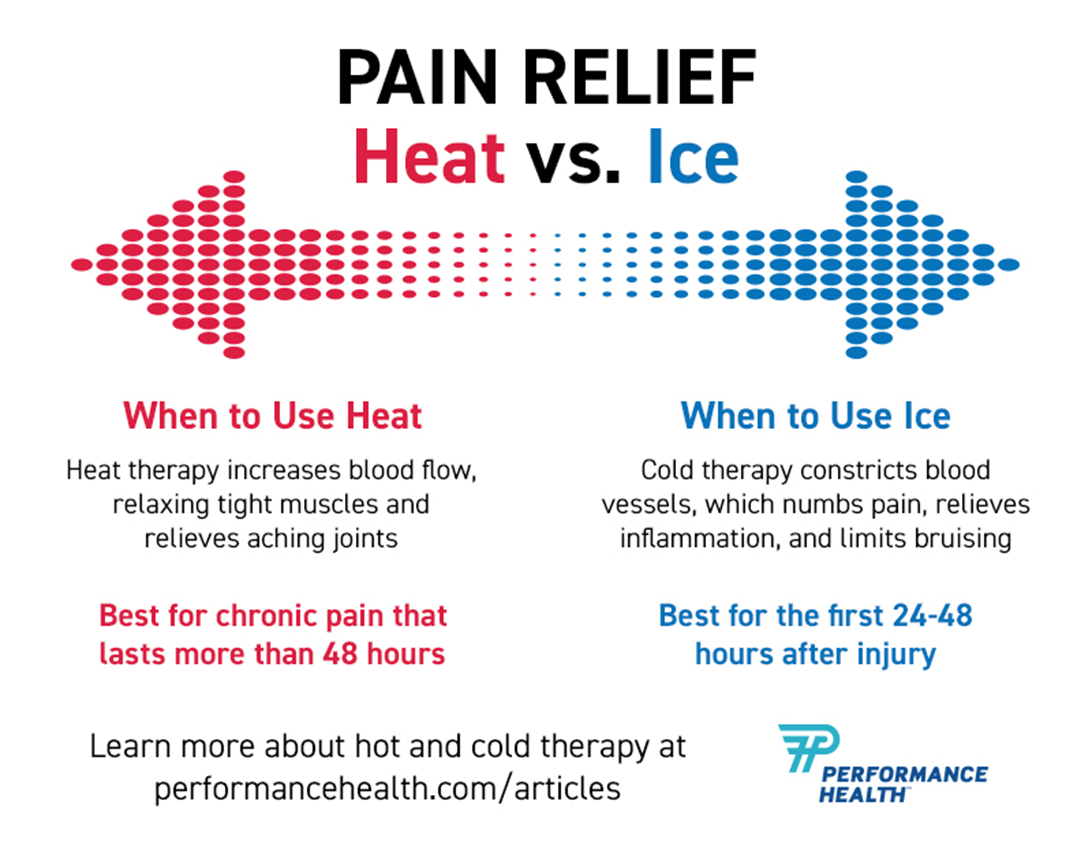
Time Off
Lastly, one of the best ways to feel better after a long day of work is by simply taking time off. Your body will need time to heal after any amount of extra stress you put on it. Try to plan yard work on an every-other-day basis to give your joints and muscles a break. Be sure to get plenty of rest after a tough day of yard work as well.5
References
- Easy Ways to Avoid Common Gardening Injuries: Gardening. (October 2018). Denver Physical Medicine & Rehab. Retrieved from https://bit.ly/31nnxAE
- Angle, Sara. (July 2018). What You Should and Shouldn't Eat Before a Run. Outside Online, Outside Magazine. Retrieved from https://bit.ly/2DqHvT9
- The Correlation between Dehydration and Orthopedic Injuries. (2020). Orthopedic and Sports Medicine Specialists. Retrieved from https://bit.ly/3idGa0B
- Repetitive Strain Injury (RSI). (2018). NHS Choices, NHS. Retrieved from https://bit.ly/3iexpDx
- The Best Ways to Recover From a Long Day of Yard Work. (April 2016). Sunbeam. Retrieved from https://bit.ly/2PqUo22
Medical Disclaimer: The information provided on this site, including text, graphics, images and other material, are for informational purposes only and are not intended to substitute for professional medical advice, diagnosis or treatment. Always seek the advice of your physician or other healthcare professional with any questions or concerns you may have regarding your condition.








 France
France Australia
Australia